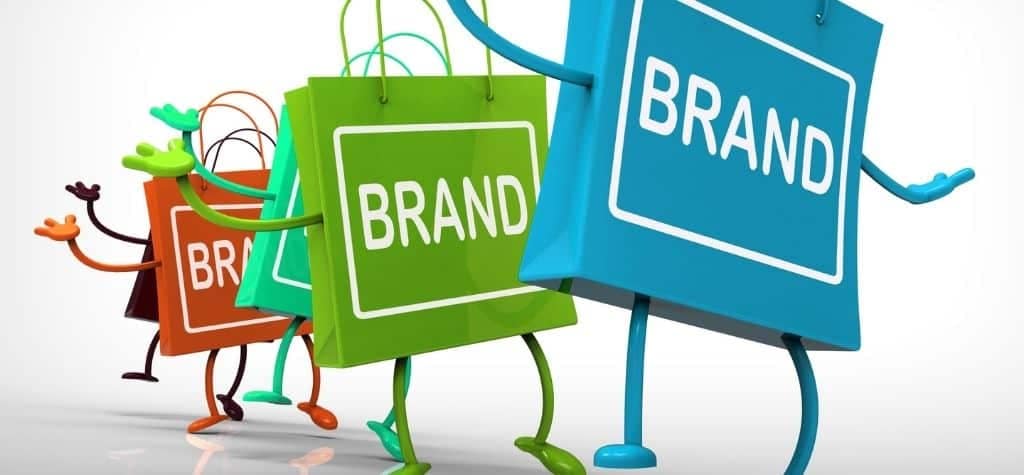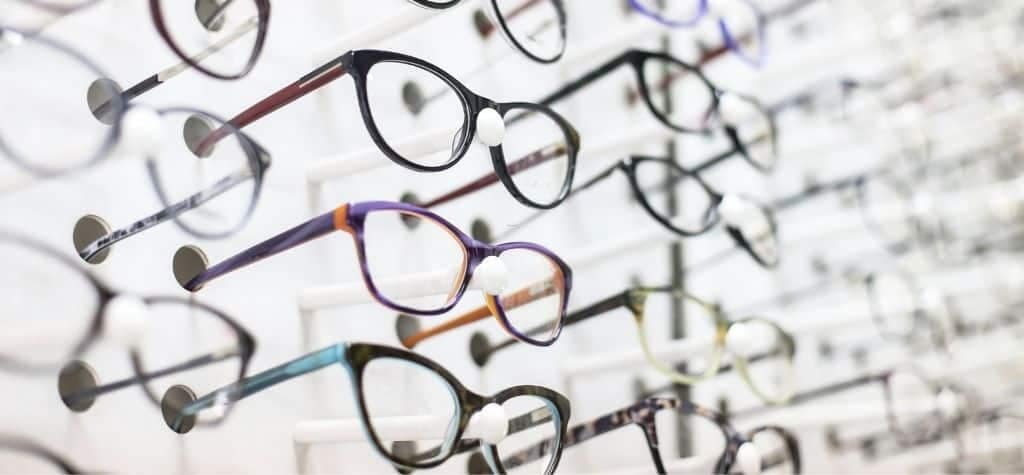Evolution of the Direct-to-Consumer (DTC) Eyewear Model

The eyewear industry has seen a dramatic shift in the past decade, but 2025 marks a pivotal point in how people buy and experience glasses. The Direct-to-Consumer Eyewear model is no longer just an option—it’s becoming the standard. In this year, major changes in technology, consumer behavior, and sustainability are redefining the space.
From Brick-and-Mortar to Virtual Try-Ons
Traditional eyewear purchases meant long visits to optical stores, where customers had to rely on in-person assistance and limited selections. But now, most DTC eyewear brands have shifted to sophisticated online platforms offering virtual try-on tools. This transformation allows consumers to see how different frames fit their faces with just a few clicks, saving time and enhancing convenience.
Influences of Tech and Consumer Behavior
Today’s buyers are tech-savvy, environmentally conscious, and demand transparency. These changing preferences have prompted DTC brands to innovate more rapidly. AI, machine learning, and augmented reality are becoming staples, while ethical sourcing and sustainable manufacturing practices are now baseline expectations.
Key Innovations Transforming Eyewear in 2025
Innovation sits at the heart of the DTC eyewear revolution. As competition heats up, brands are investing in cutting-edge tools to stand out.
AI-Driven Prescription Matching
One of the most exciting developments in 2025 is AI-powered vision assessments. Customers can now upload past prescriptions or answer a few questions to receive accurate prescription matches, thanks to machine learning algorithms. This technology drastically reduces the need for eye doctor visits, especially in regions where access is limited.
Augmented Reality (AR) Try-On Advancements
AR is no longer basic. In 2025, AR technology offers real-time facial tracking, lighting adjustments, and even frame fitting simulations. This allows users to see exactly how glasses will look and feel before buying—almost as good as trying them on in person.
Eco-Friendly and Sustainable Materials
With rising environmental awareness, eyewear brands are using materials like recycled ocean plastic, biodegradable acetate, and carbon-neutral packaging. Sustainability isn’t just a trend—it’s a competitive necessity in 2025. Consumers are increasingly loyal to brands that reflect their values.
Emerging Brands and Competitive Disruption

DTC models have broken down the barriers to entry, allowing smaller brands to compete with legacy eyewear giants.
Indie Brands Gaining Ground
Independent labels with bold designs, niche offerings, and ethical practices are booming. They appeal to Gen Z and Millennials who crave authenticity and uniqueness over mass-produced options.
Big Tech’s Entry into Eyewear
Tech behemoths like Apple and Google are now exploring smart glasses, merging function and fashion. Their entry not only disrupts the traditional eyewear industry but also forces existing players to up their tech game to stay relevant.
Pricing Models and Consumer Expectations
Price transparency and innovation in payment models are key differentiators for modern DTC eyewear companies.
Subscription-Based Eyewear Plans
Imagine getting a fresh pair of glasses every year, covered under a low-cost subscription. In 2025, eyewear-as-a-service models are flourishing, providing flexibility, affordability, and a no-hassle experience for customers.
Transparency and Price Comparisons
Gone are the days of mysterious markups. DTC brands are now offering price breakdowns, showing what goes into frame costs, lenses, shipping, and labor. This builds trust and makes consumers more confident in their purchases.
Omnichannel Strategies and Customer Experience

A seamless buying journey across platforms is vital for today’s eyewear shoppers.
In-Home Try-On and Return Policies
DTC eyewear brands now offer free in-home trials, where customers can test several frames for up to a week. Add to that easy returns and 24/7 customer support, and you have a winning combination that matches the best brick-and-mortar service.
Personalization Through Data
With the help of AI and user data, brands recommend not just products, but styles that match a user’s personality, face shape, and lifestyle. This custom approach improves satisfaction and reduces returns.
Regulatory and Ethical Considerations in 2025
As the industry scales, regulation and ethics become more critical than ever.
Compliance in Cross-Border Sales
Many DTC eyewear companies now ship globally. That means adhering to international medical and e-commerce laws, including prescription validation and import restrictions.
Ethical Use of Consumer Data
With so much data collected via virtual try-ons and vision tests, brands are under scrutiny. In 2025, transparent data policies and robust encryption are vital for building and maintaining consumer trust.
Forecast: What Lies Ahead for DTC Eyewear
Looking beyond 2025, we expect even more innovations:
- Smart lenses that adjust tint and prescription on the fly
- Virtual optometrists powered by AI for remote diagnostics
- Expansion of eyewear into fashion tech accessories
FAQs About Direct-to-Consumer Eyewear in 2025
Q1: Can I get accurate prescriptions online in 2025?
Yes, many brands use AI-powered tools to match or verify prescriptions with impressive accuracy.
Q2: Are online try-ons reliable?
Absolutely. Enhanced AR technology now offers real-time visuals and realistic frame fitting.
Q3: How long does shipping usually take?
Most DTC eyewear brands deliver within 5-10 business days, depending on customization and location.
Q4: What if my glasses don’t fit?
Brands typically offer free adjustments or allow returns within a set trial period, often up to 30 days.
Q5: Are DTC glasses as good as those from optical stores?
In most cases, yes. Many DTC brands use the same labs and lens materials as premium optical stores.
Q6: Do they offer insurance or warranties?
Yes, most companies provide optional protection plans or limited-time warranties.
Conclusion: Adapting to the New Eyewear Economy

Direct-to-Consumer Eyewear in 2025 isn’t just about cutting costs—it’s about reimagining the consumer experience. With the integration of AI, AR, ethical production, and subscription models, eyewear brands are now more consumer-centric than ever. For buyers, it’s an exciting time with more choices, better transparency, and unmatched convenience.

